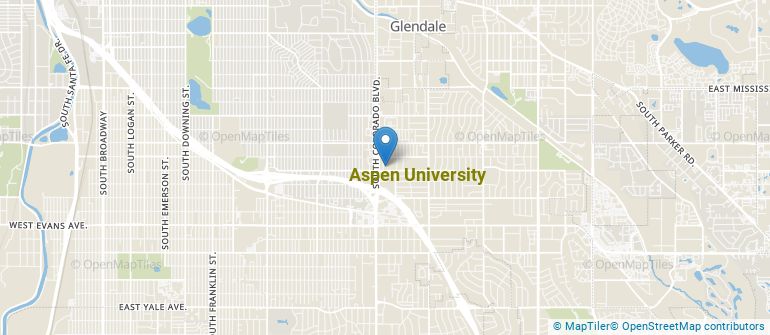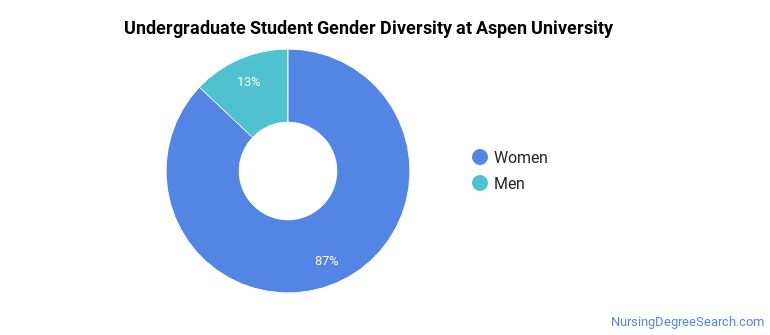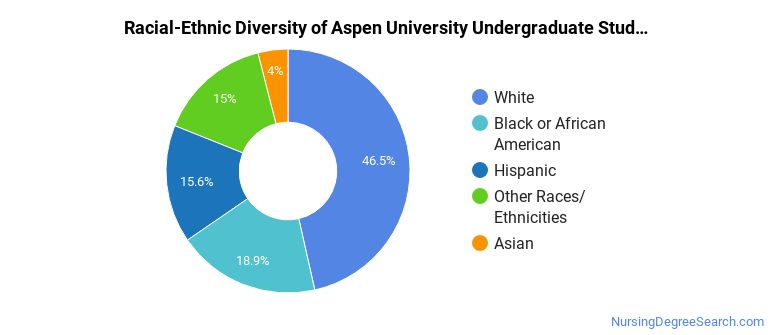Aspen University Nursing Programs
Located in Phoenix, Arizona, Aspen University is a private for-profit institution. The city atmosphere of Phoenix makes it a great place for students who enjoy having lots of educational and entertainment options.
Where Is Aspen University?

Contact details for Aspen University are given below.
| Contact Details | |
|---|---|
| Address: | 4615 E. Elwood St., Suite 100, Phoenix, AZ 85040 |
| Phone: | 303-333-4224 |
| Website: | www.aspen.edu |
How Do I Get Into Aspen University?
You can apply to Aspen University online at: https://application.aspen.edu/
Can I Afford Aspen University?
Student Loan Debt
Almost 66% of college students who graduated with the class of 2018 took out student loans, but that percentage varies from school to school. At Aspen University, approximately 70% of students took out student loans averaging $6,426 a year. That adds up to $25,704 over four years for those students.
Aspen University Undergraduate Student Diversity

There are also 3,164 graduate students at the school.
Gender Diversity
Of the 2,238 full-time undergraduates at Aspen University, 13% are male and 87% are female.

Racial-Ethnic Diversity
The racial-ethnic breakdown of Aspen University students is as follows.

| Race/Ethnicity | Number of Grads |
|---|---|
| Asian | 89 |
| Black or African American | 424 |
| Hispanic or Latino | 350 |
| White | 1,040 |
| International Students | 0 |
| Other Races/Ethnicities | 335 |
Geographic Diversity
Arizona students aren't the only ones who study at Aspen University. At this time, 4 states are represented by the student population at the school.
Aspen University Nursing Concentrations
The table below shows the number of awards for each concentration.
| Major | Bachelor’s | Master’s | Doctor’s | TOTAL |
|---|---|---|---|---|
| Public Health/Community Nurse/Nursing | 1,540 | 0 | 0 | 1,540 |
| Adult Health Nurse/Nursing | 0 | 477 | 0 | 477 |
| Nursing Administration | 0 | 0 | 195 | 195 |
| TOTAL | 1,540 | 477 | 195 | 2,212 |
References
*The racial-ethnic minorities count is calculated by taking the total number of students and subtracting white students, international students, and students whose race/ethnicity was unknown. This number is then divided by the total number of students at the school to obtain the racial-ethnic minorities percentage.
More about our data sources and methodologies.
